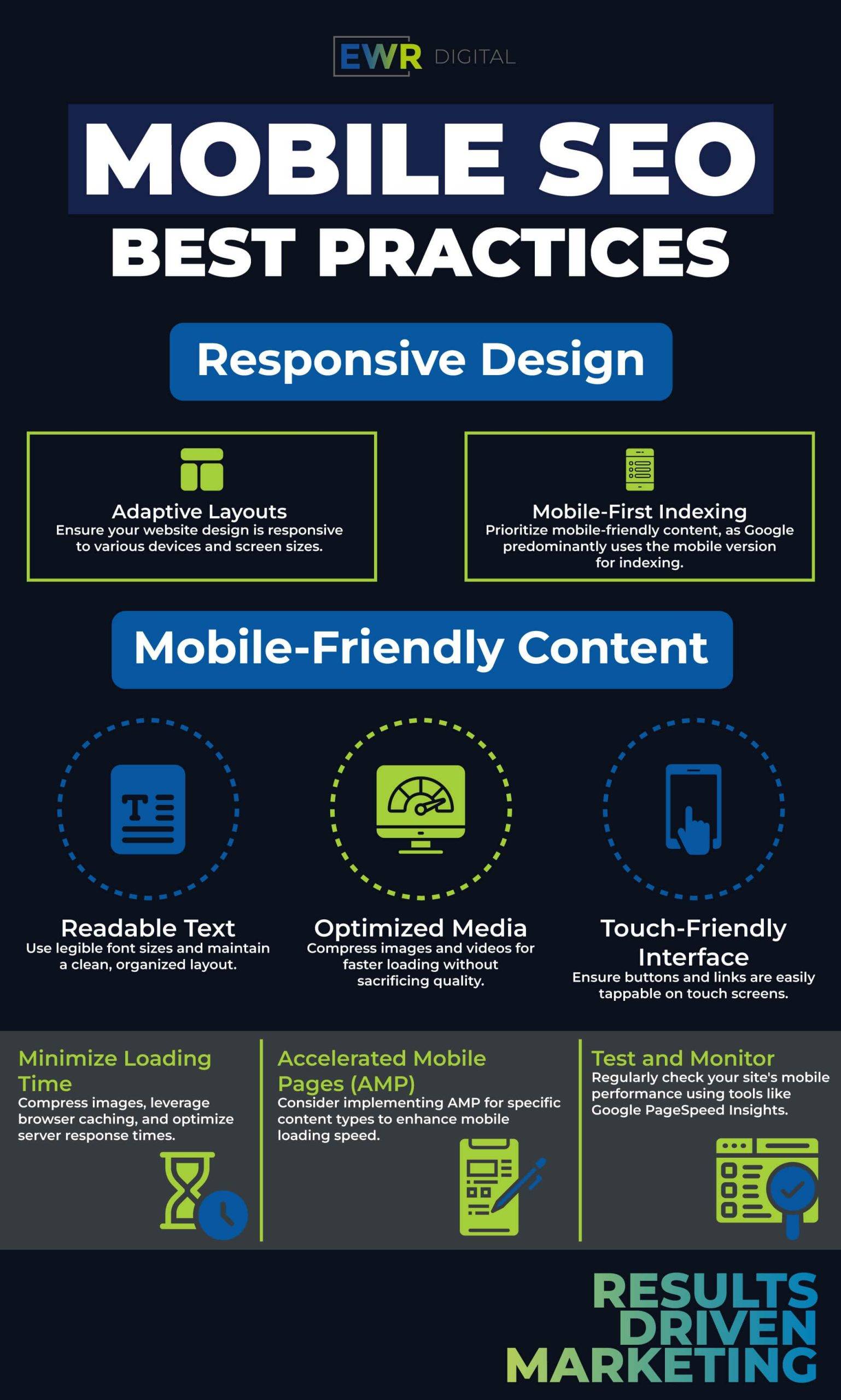
Crafting Responsive and Mobile-Friendly User Interfaces: Best Practices
In the ever-expanding digital landscape, where users engage with websites across an array of devices, crafting responsive and mobile-friendly user interfaces is no longer a luxury—it’s a necessity. In this blog, we’ll dive into practical tips and best practices for designing interfaces that seamlessly adapt to different devices and screen sizes. From CSS media queries to flexible grid systems, let’s explore the essential elements that make for a truly responsive and user-friendly experience.
The Essentials of Responsive Design
Understanding Responsive Design: Begin by exploring the fundamentals of responsive design. Define the concept and its significance in delivering a consistent user experience across devices, from desktops and laptops to tablets and smartphones.
Fluid Grid Systems: Delve into the power of fluid grid systems, a cornerstone of responsive design. Learn how to create layouts that adapt proportionally to different screen sizes, ensuring a harmonious display of content across various devices.
CSS Media Queries Demystified: Unpack the magic of CSS media queries. Explore how these powerful tools allow you to apply styles based on device characteristics, such as screen width, height, and orientation. Understand the syntax and application of media queries in responsive design.
Practical Tips for Responsive Designs
Mobile-First Approach: Embrace the mobile-first philosophy. Understand the benefits of designing for smaller screens first, and explore how it leads to more streamlined, efficient, and user-centric design processes.
Breakpoints for a Seamless Experience: Identify strategic breakpoints in your design where layouts need to adapt. Discuss best practices for selecting breakpoints and implementing media queries to optimize the user experience at different screen sizes.
Images and Media Optimization: Explore techniques for optimizing images and media in responsive designs. Discuss strategies such as using responsive images, implementing lazy loading, and leveraging media queries for various image resolutions.
Enhancing User Interactions
Touch-Friendly Design Principles: With mobile devices in mind, delve into touch-friendly design principles. Explore best practices for creating interfaces that respond intuitively to touch gestures, ensuring a smooth and enjoyable user interaction.
Navigation for Small Screens: Navigation is a critical element in responsive design. Discuss strategies for optimizing navigation menus on smaller screens, including the use of hamburger menus and intuitive navigation patterns.
Testing and Iteration
Cross-Browser and Cross-Device Testing: Understand the importance of rigorous testing in responsive design. Explore strategies for testing your designs across various browsers and devices, ensuring a consistent and error-free experience.
User Feedback and Iterative Design: Learn how to gather user feedback and incorporate it into an iterative design process. Understand the value of continuous refinement based on real-world usage and user insights.
Future-Proofing Your Designs
Considering Future Technologies: Anticipate the future of web technologies. Discuss considerations for evolving technologies like foldable screens, new devices, and emerging trends that might impact the way we design responsive interfaces.
Keeping Up with Industry Trends: Explore resources and strategies for staying updated with industry trends in responsive design. Stay ahead of the curve by understanding the latest tools, frameworks, and best practices.
Elevating the User Experience
Responsive and mobile-friendly user interfaces are the gateway to a positive user experience in today’s diverse digital landscape. By applying the discussed best practices—from fluid grid systems and media queries to touch-friendly design principles—you’ll be well-equipped to create interfaces that adapt seamlessly to the needs of users on various devices. Elevate your design skills, embrace the principles of responsive design, and craft user interfaces that stand the test of technological evolution.

